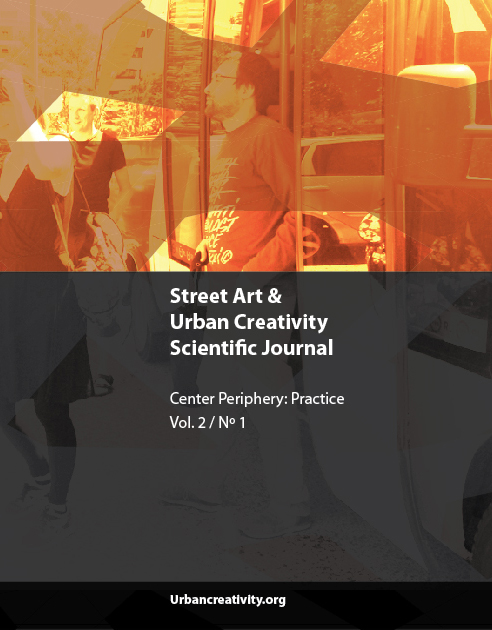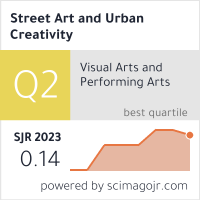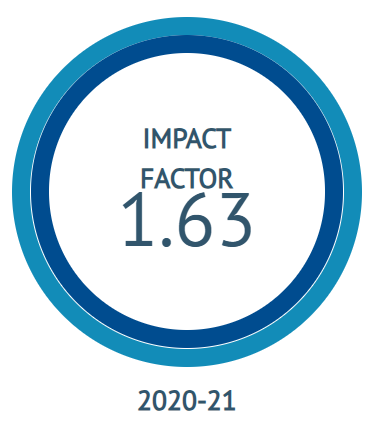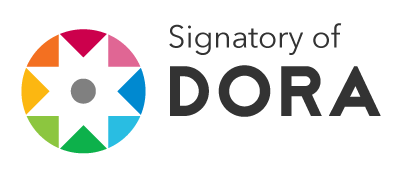The elusive nature of critical codes
Graffiti writing culture in film
DOI:
https://doi.org/10.25765/sauc.v2i1.46Keywords:
Graffiti, Street Art, Culture, Culture Industry, Film, RepresentationAbstract
This paper engages two ideas put forth by sociologists who are interested in the arts and who have returned to questions of meaning. Amongst such scholars, cultural producers are construed as able to connect with “codes” to create critical works of art. These are then understood to play a pivotal role in redirecting the cultural value systems that constitute our existential frame of reference. Through an interpretive reading of films based on graffiti writing in New York City, I suggest that the relationship between cultural producers and critical codes is fraught with difficulty. Further, when this relationship breaks down we will encounter cultural objects that are more ideological than critical. I conclude by suggesting that culture may not offer a viable space for the pursuit of progressive politics.
Downloads
Global Statistics ℹ️
|
181
Views
|
43
Downloads
|
|
224
Total
|
|
Downloads
Published
How to Cite
Issue
Section
License
Copyright (c) 2016 Street Art & Urban Creativity

This work is licensed under a Creative Commons Attribution-NoDerivatives 4.0 International License.
Those authors who publish in this journal accept the following terms:
-
Authors retain copyright.
-
Authors transfer to the journal the right of first publication. The journal also owns the publishing rights.
-
All published contents are governed by an Attribution-NoDerivatives 4.0 International License.
Access the informative version and legal text of the license. By virtue of this, third parties are allowed to use what is published as long as they mention the authorship of the work and the first publication in this journal. If you transform the material, you may not distribute the modified work. -
Authors may make other independent and additional contractual arrangements for non-exclusive distribution of the version of the article published in this journal (e.g., inclusion in an institutional repository or publication in a book) as long as they clearly indicate that the work was first published in this journal.
- Authors are allowed and recommended to publish their work on the Internet (for example on institutional and personal websites), following the publication of, and referencing the journal, as this could lead to constructive exchanges and a more extensive and quick circulation of published works (see The Effect of Open Access).













